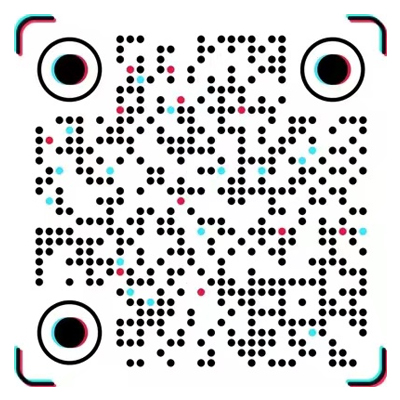Shenzhen CloudChuangda Industrial Equipment Co., Ltd.
Phone: Ms. Xu +86 135 1001 4068
Email: 776525942@qq.com
Address: Building 101, No. 154 Langsha Road, Second Industrial Zone, Langxia Community, Songgang Subdistrict, Bao'an District, Shenzhen
Production Address: Building 4, Songhu·Hongxing Intelligent Manufacturing Park, No. 221-3 Jiaoyu Road, Dalingshan Town, Dongguan
- FAQs
- Current Location: Home >>About Us >>News & Updates >>FAQs
Today, I will provide a brief overview of the oxidation production line process. Many of you may have heard me share information about oxidation before, but today, I’d like to offer a more direct understanding by walking you through the actual production line.
Behind me is an automated oxidation line, where every step is controlled via programmed systems. The entire line is arranged in a U-shape, with products entering from one end and exiting from the other. Now, I’ll guide you through the specific steps of the process.First, once the product is placed on the line, it passes through two degreasing tanks—one of which uses ultrasonic degreasing, while the other utilizes a standard degreasing method. After degreasing, the product is cleaned twice to ensure its surface is free of contaminants. It then moves to an inspection tank, followed by another rinsing stage.Next, the product enters a neutralization tank to eliminate any alkaline substances left from the previous step, and then it is rinsed again. Following that, the product undergoes a crucial pre-treatment step: chemical etching, which is essential before oxidation. After this treatment, the product goes through another round of rinsing and neutralization, culminating in a three-stage rinsing process that marks the completion of the pre-treatment phase.After pre-treatment, the product enters the oxidation phase. The production line includes six oxidation tanksand an emergency backup tank where the oxidation process is driven by electric current. Once the oxidation is complete, the product is immersed in purified water for rinsing to remove any residual impurities.The next step is coloring. The dye tanks around me are used to color the products in various shades, such as black, gray, and blue. After coloring, the product is rinsed again to ensure that the color is even and stable.Following the dyeing process, the product moves into the sealing phase. The sealing tanks are kept at a temperature above 90°C to stabilize the oxidized surface. After sealing, the product is rinsed once more and then passed through a de-ashing tank to remove any excess ash from the surface. This is followed by ultrasonic cleaning and hot water rinsing to eliminate any acidic residue, ensuring the integrity of the oxidation layer.Finally, the product enters the drying stage. Once dried, the oxidation process is complete. While the production line may appear ordinary, it is capable of fully automating the oxidation process, making it highly suitable for the production of our company’s products.
I hope this brief introduction has given you a clearer understanding of the oxidation line process. Thank you for your attention.








